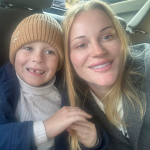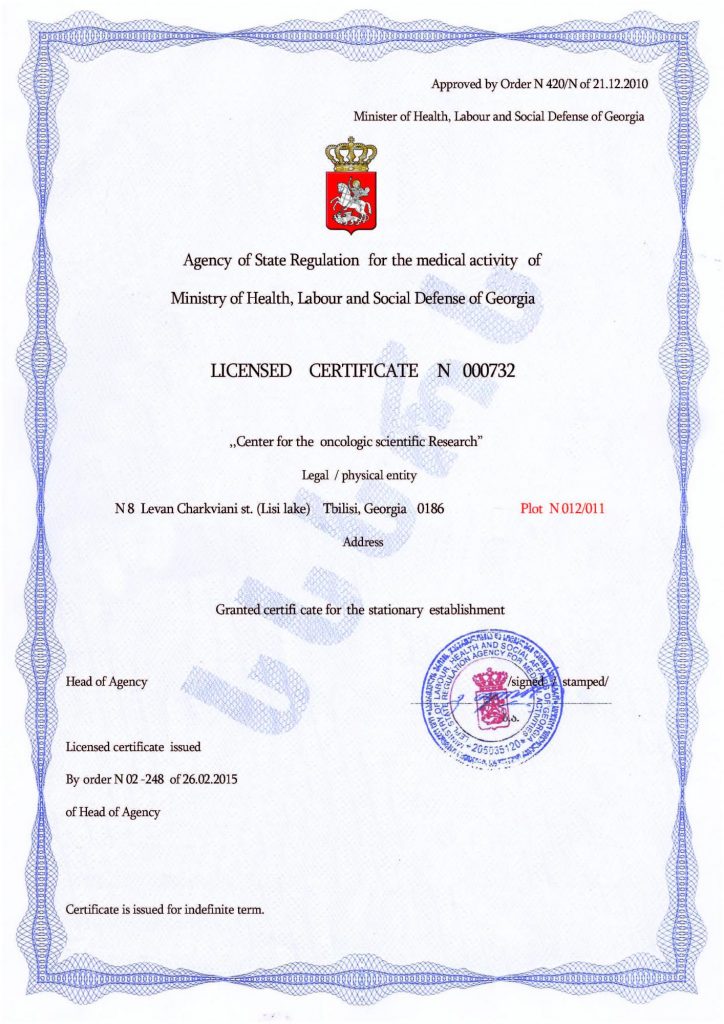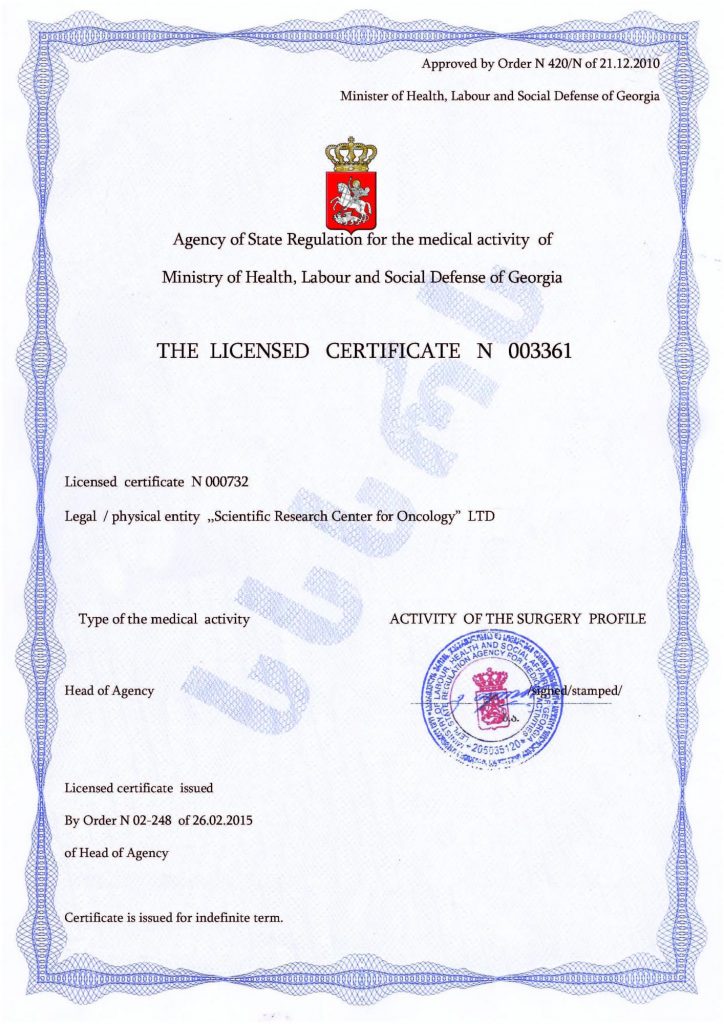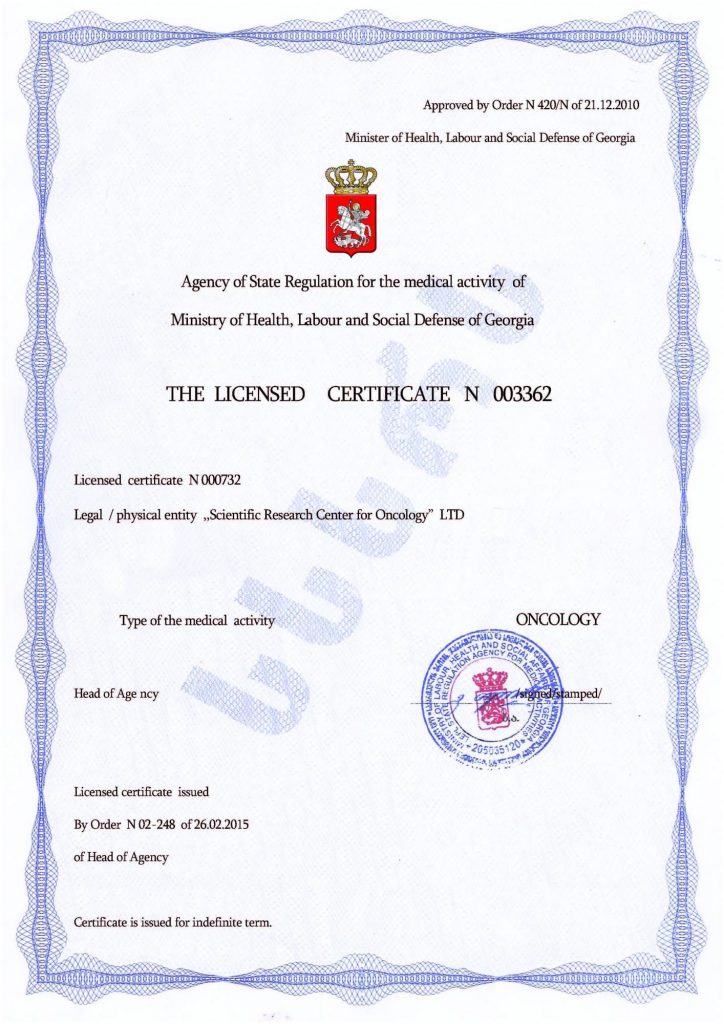Gross Motor Skills in Autism
The development of gross motor skills in children with autism is of critical importance, as it contributes to improved physical health, social adaptation, and everyday independence.
Gross motor development should begin in the first year of a child’s life. This is because synapses—neural connections—form most actively at an early age. However, many of them can be lost without reinforcement through motor experiences, which can only be gained through daily physical activity. Therefore, children should be provided with physical activity that is:
- physiologically appropriate and safe,
- age-appropriate,
- regular and consistent.
When a child regularly experiences diverse motor activities, synapses are retained. This increases the brain’s potential and plasticity, making it easier, for example, to learn languages—both native and foreign. But gross motor skills have a far broader impact: without well-developed motor abilities, full personality development is not possible, because such skills:
- strengthen the musculoskeletal system,
- improve coordination,
- support protein synthesis in muscles,
- stimulate cognitive activity,
- boost work capacity,
- develop independence,
- enhance speech,
- aid in learning reading and writing,
- motivate active engagement,
- foster interaction between brain hemispheres,
- develop creative potential,
- support successful socialization,
- teach body awareness in space,
- promote self-discovery and exploration of the world.
Challenges with Gross Motor Skills in Autism
Many autistic individuals face a range of difficulties due to underdeveloped gross motor skills.
- Problems with coordination and balance may occur, making it hard to perform movements that require the use of multiple muscle groups (e.g., jumping or running), or even making such actions impossible.
- A key characteristic of the disorder is dyspraxia—a disruption in motor planning. In such cases, a child may be unable to carry out a sequence of actions (like climbing up a slide and going down).
- Hyper- or hyposensitivity to tactile, vestibular, or proprioceptive stimuli can affect willingness or ability to be physically active.
- Fear of failure may also lead to avoidance of physical activity or participation in group games.
Ways to Support Gross Motor Development
Various methods can help improve motor skills in children with autism:
- Adaptive physical education, involving exercises tailored to the child’s abilities (such as walking along a line or obstacle courses).
- Sensory integration therapy, using swings, trampolines, or weighted vests to help regulate sensory perception.
- Play therapy, including ball games, relay races, and dancing to music.
- Additional supports may include action-sequencing cards, instructional videos, positive reinforcement, participation in team games to build social skills, and swimming, which improves coordination and reduces sensory overload.
Delays in gross motor development can be suspected as early as the first few months of life—for example, if a child is reluctant to crawl. Early intervention usually leads to positive outcomes. While the above approaches are helpful at any age, progress can take considerable time. Moreover, it is difficult to predict how effective these methods will be if the root cause—autism itself—is not addressed.
Cell Therapy: A Modern and Effective Solution
The most successful and rapid way to address autism and its symptoms today is cell therapy—a modern, safe, and highly natural method. This technique involves the transplantation of stem cells, the body’s basic building blocks, which can transform into any other type of cell and replace damaged ones with healthy counterparts.
This process activates the body’s own regenerative capacity, leading to:
- normalized brain and nervous system function,
- stabilized behavior,
- accelerated overall and targeted development,
- reduction or complete elimination of autism symptoms.
Positive results often appear shortly after the procedure and are long-lasting—sometimes even lifelong. This, in turn, enhances the effectiveness of other therapies.
Though once considered experimental, cell therapy is now widely recognized and may soon become the primary approach in autism treatment. Stem cell transplantation is practiced by leading clinics worldwide, including the Mardaleishvili Medical Center, where physicians have extensive experience in performing this procedure. With access to state-of-the-art equipment, they achieve the best possible outcomes for patients.
Treatment meets the highest international standards and is more affordable than in other countries with advanced healthcare systems. Additionally, comprehensive support is available for travel planning and related matters, including accommodation during rehabilitation.
Fill out the contact form and begin the journey toward a full life!
Autism Treatment Center Videos
Autism treatment with own stem cells
Cord blood association congress
International Quality Crown
Autism Treatment Reviews
Autism treatment with own stem cells
The story of Alessandro (6 years old)
Autism Patient Testimonial - Stem Cell Treatment
Clients Testimonials
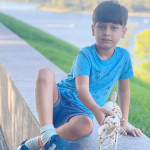
Review by Anastasia, mother of Yusup (8 years old) Read More

Feedback from Nathalie, mother of Andre (9 years old) Read More

Feedback from Yulia, mother of Emily (7 years old) Read More
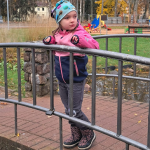
Feedback by Everita, Katrina’s mother (5 years old) Read More
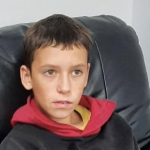
Feedback from Igor, David’s father (12 years old) Read More
